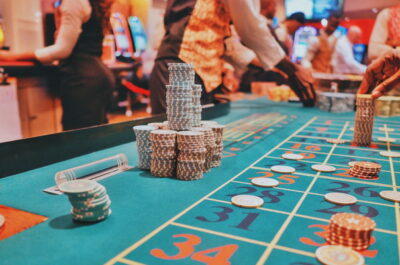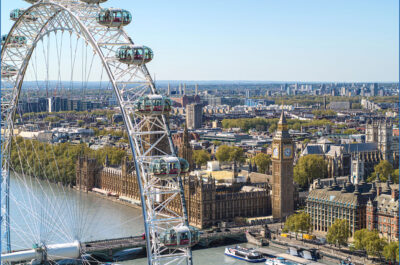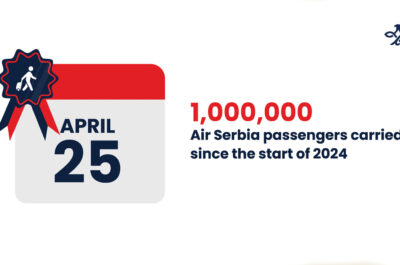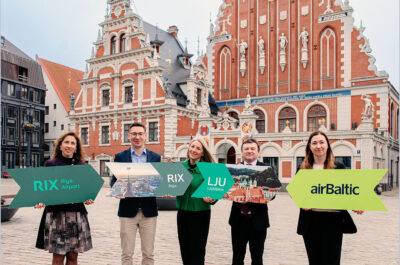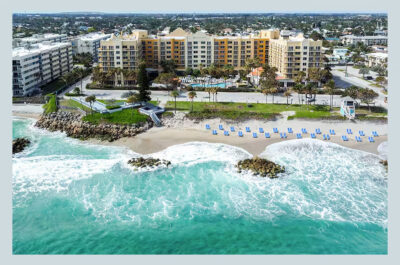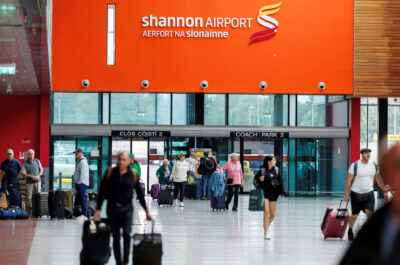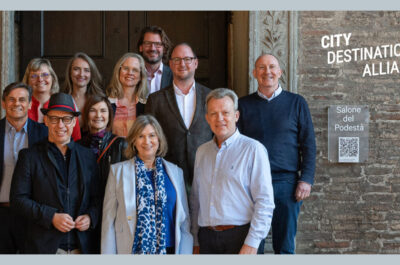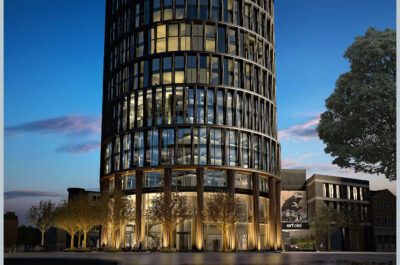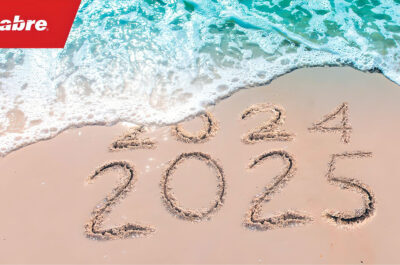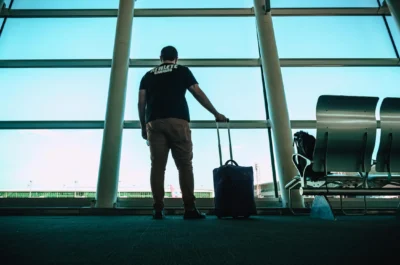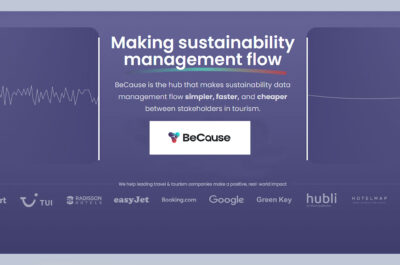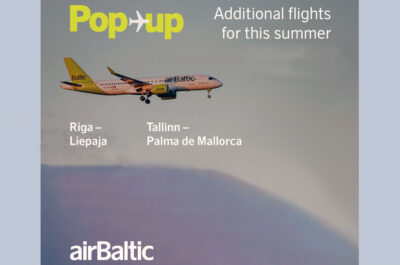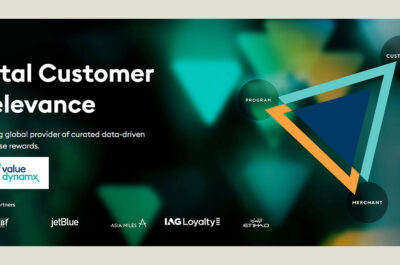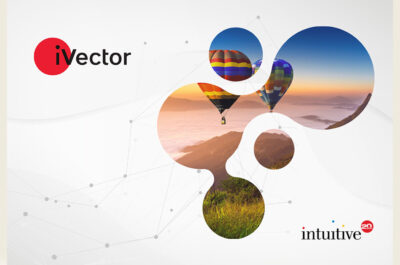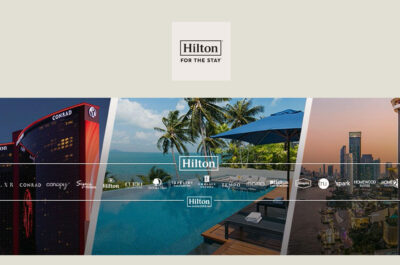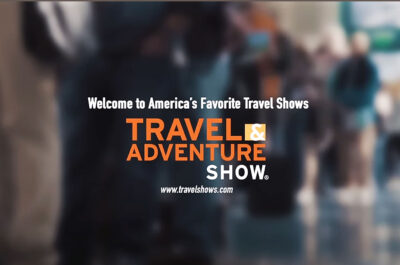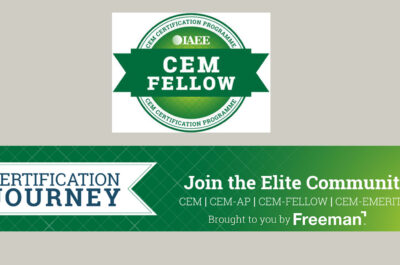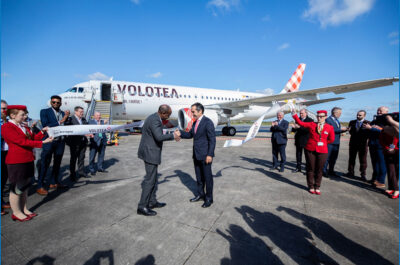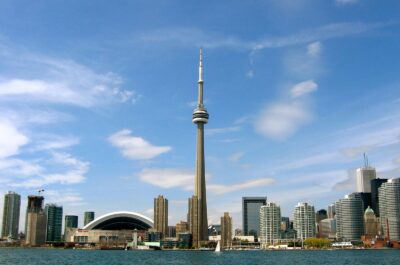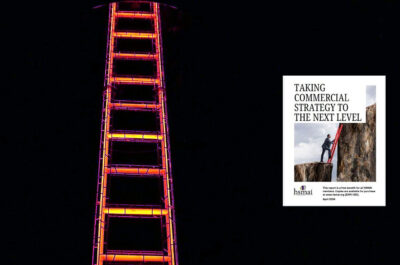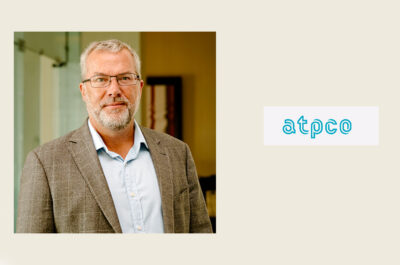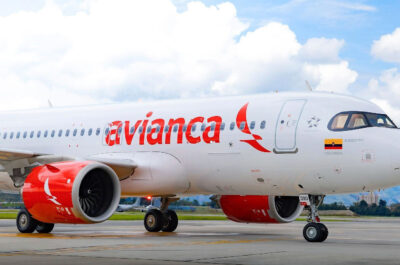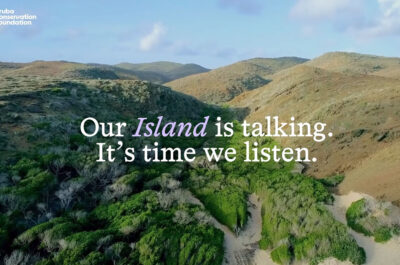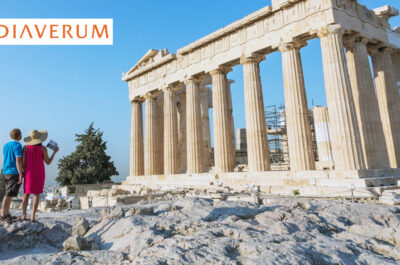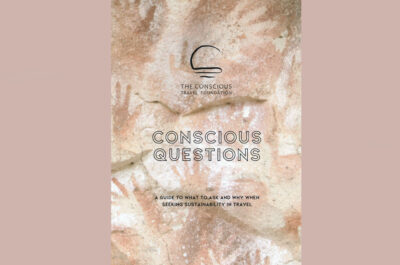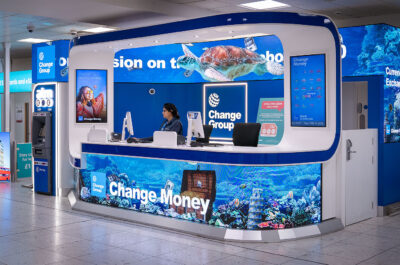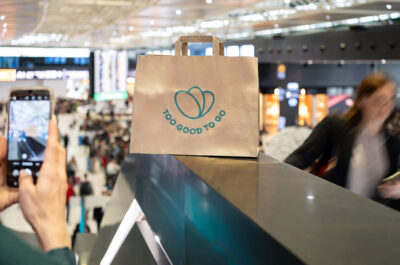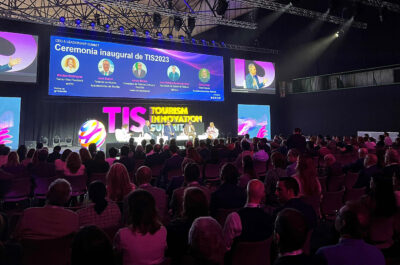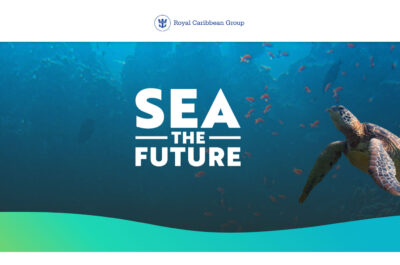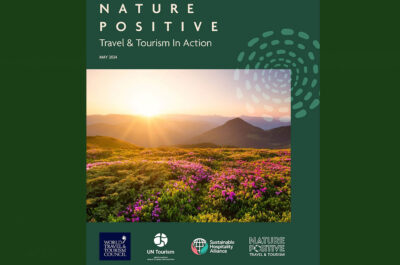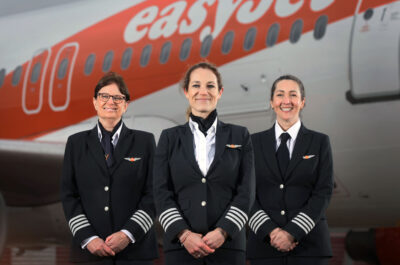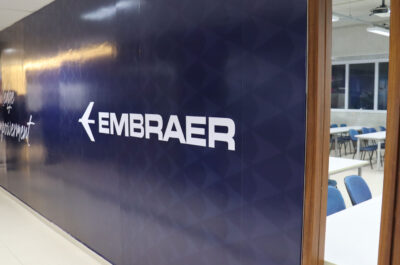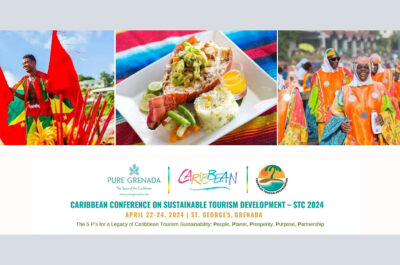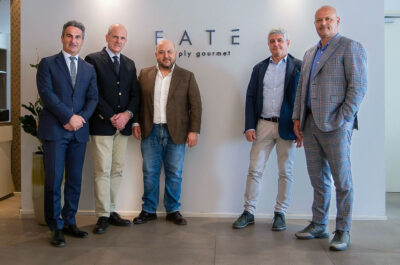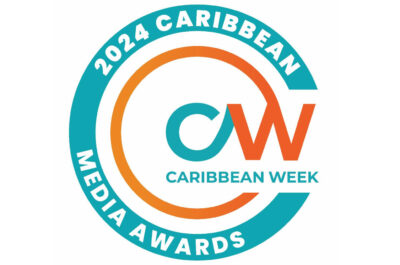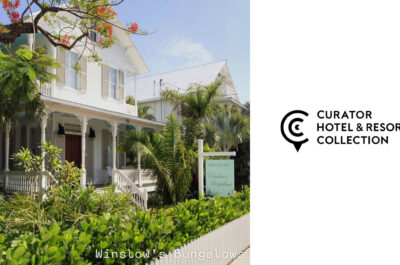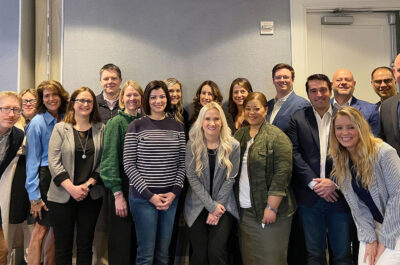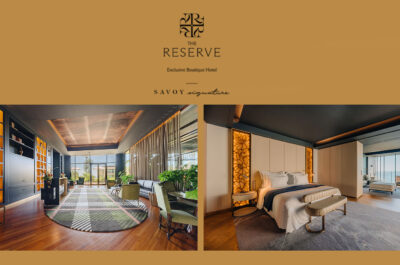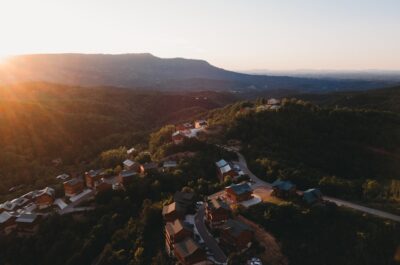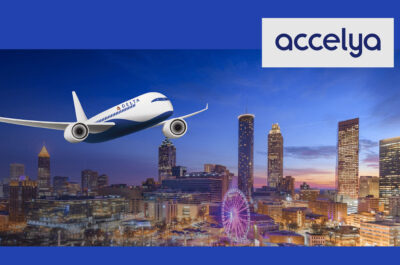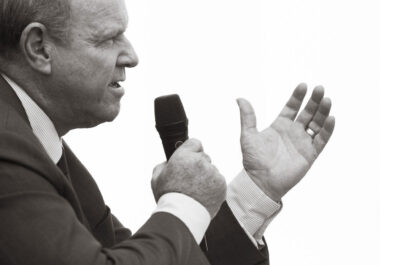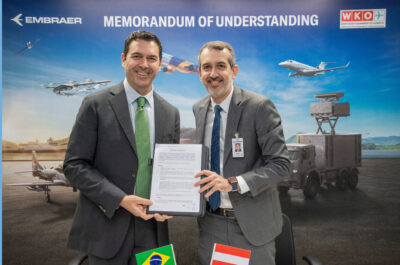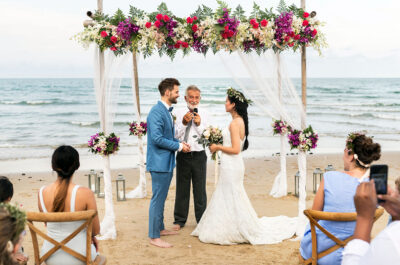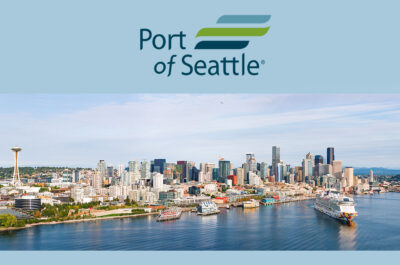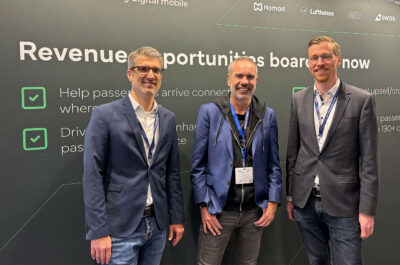According to the study, travelers rate flexible cancellation and booking policies as the top priority when planning their trips. Travelers who were surveyed prioritized flexibility almost 20 times more than low pricing when planning their attraction itinerary.
BOSTON – Go City, a leader in multi-attraction passes, and travel research organization Arival have released Attractions Revisited: How Visitor Attractions Can Adapt to the New Traveler Path to Purchase, a new study that shows travelers value flexibility, more sightseeing choices and advanced online and mobile booking options as a result of the COVID-19 pandemic. The study surveyed 1,000 US travelers1 on their planned or intended travel over the next 12 months as shifts in travel regulations and health and safety guidelines have profoundly impacted planning and booking behaviors.
"In the wake of the pandemic, destinations around the world adjusted to new health and safety regulations, effectively changing how attractions operate and how visitors experience attractions,” said Jon Owen, CEO of Go City. “We set out to find out how sightseers have responded to these changes, and how they affect customers' buying preferences and visit intentions. From this data, we can pinpoint how travelers’ expectations are evolving, and help our attraction partners provide the best customer experience possible."
The extensive study provides several key insights and learnings to help attractions anticipate customers’ needs in a mid- and post-pandemic world.
Keep it loose: Travelers prioritize flexibility over other conveniences
According to the study, travelers rate flexible cancellation and booking policies as the top priority when planning their trips. Travelers who were surveyed prioritized flexibility almost 20 times more than low pricing when planning their attraction itinerary.
Is timed entry here to stay? Travelers hope not.
Since the onset of the pandemic, many attractions have implemented timed entry and required online purchasing in advance to manage crowd control and address health and safety concerns. While these methods may provide some business benefits, travelers are less enthusiastic about them. Eighteen percent of travelers surveyed indicated they would be less likely to visit an attraction if they were required to visit within a specific window of time.
The great outdoors: Travelers now prefer outdoor attractions over indoor sites
Travelers continue to favor outdoor leisure activities over indoor activities or cultural sites. Survey results indicate that visitation to attractions such as parks, mountains, beaches, and waterfalls jumped eight points to 47 percent from 2019 to 2021, while interest in visiting monuments, and museums declined. Interest and intent to visit zoos, aquariums, and theme parks also rose by seven points, supporting the idea that travelers are more comfortable with exploring outside.
Early bird gets the worm: More travelers are planning online in advance
Compared to pre-COVID trends, 32 percent of active travelers surveyed intend to buy their attraction tickets three to seven days before arrival, followed by 27 percent of travelers who intend to purchase attraction tickets one to four weeks in advance. Twenty-one percent intend to plan their travels three or more months in advance. While we may see more people purchasing tickets at the gate once capacity and travel restrictions subside, planning online in advance is likely here to stay due to its convenience and efficiency.
Get digital: Online and mobile bookings surge in two years
More travelers are booking their attraction tickets via online channels. Almost half of all travelers intend to purchase their attraction tickets online this year, which is a nearly 20-point jump from 2018. The intent to purchase multi-attraction sightseeing passes, such as Go City, rose to 13 percent of travelers in 2021 versus seven percent in 2018. Go City attributes this jump to the flexibility offered in its products, in which customers can choose their destination in advance but change their itinerary on the fly. Key offline sales channels, in-person ticket offices, and phone sales have all dropped by 20 points since 2018. The digital experience has never mattered more, and attractions should consider being visible in multiple online channels to accommodate travelers.
Multi-see, multi-do: Multi-attraction pass users are more active sightseers
Travelers who purchase multi-attraction sightseeing passes experience more in the destination than the average tourist. These travelers intend to visit a range of attractions and participate in a variety of tours at two to three times the rate of the typical traveler. For example, 71 percent of travelers with multi-attraction passes visit natural attractions, while only 47 percent of all travelers visit natural attractions when visiting a destination. Fifty-seven percent of multi-attraction pass holders experience a hop-on/hop-off bus tour, while only 17 percent of travelers book the same attraction. The intent to visit more and see more trended across the board among attraction types, including museums, monuments, amusements parks, sightseeing tours, culinary tours, and more.
This trend remains true with recent proprietary data from Go City, which shows that interest in multi-attraction passes has increased since the onset of the pandemic. In September 2021, Go City consumers in the US purchased 25 percent more NYC Passes than in 2019. The South American market purchased Go City passes at an even higher rate, and travelers from Mexico purchased twice as many NYC passes as they did in 2019. Go City’s rise in popularity in the attractions sector over the course of the past decade can be attributed to the flexibility, freedom, and choice that a multi-attraction pass offers to customers, which sets them apart from traditional online travel agencies.
Tatiana is the news coordinator for TravelDailyNews Media Network (traveldailynews.gr, traveldailynews.com and traveldailynews.asia). Her role includes monitoring the hundreds of news sources of TravelDailyNews Media Network and skimming the most important according to our strategy.
She holds a Bachelor's degree in Communication & Mass Media from Panteion University of Political & Social Studies of Athens and she has been editor and editor-in-chief in various economic magazines and newspapers.
